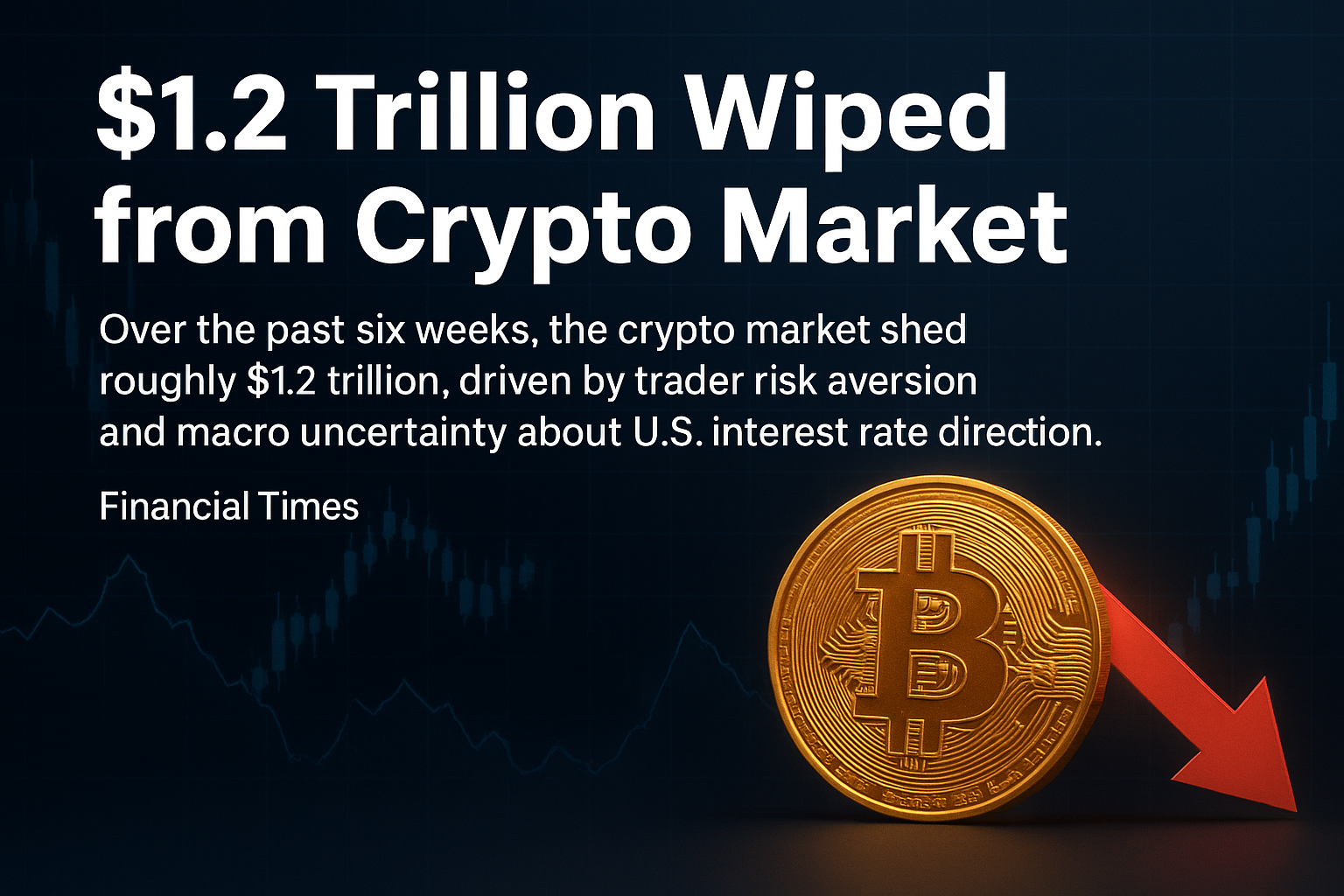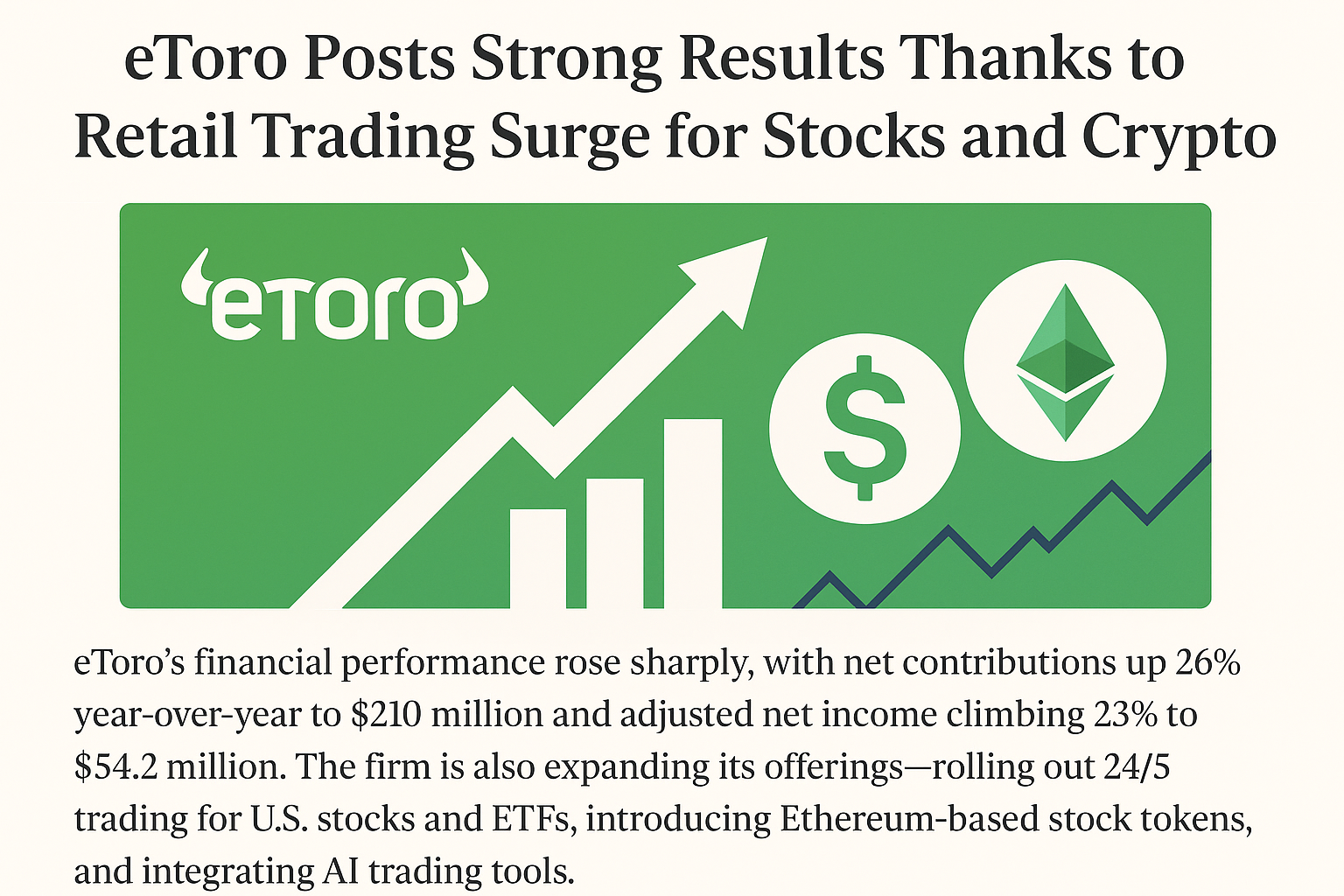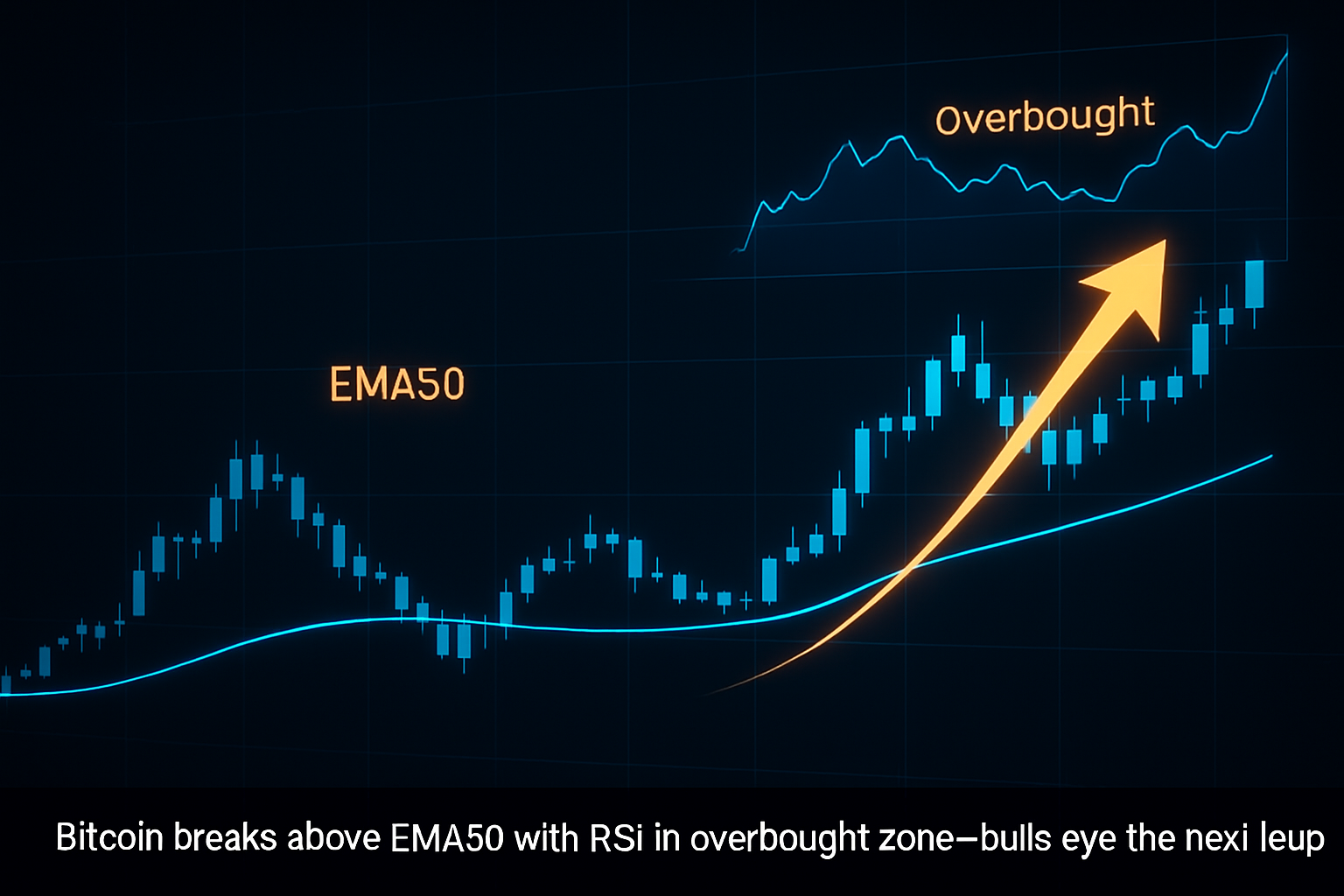Over the past six weeks, the global cryptocurrency market has experienced one of its most dramatic downturns in recent memory, shedding roughly $1.2 trillion in value. According to the Financial Times, this sharp decline has been driven by a combination of trader risk aversion and macro uncertainty, particularly surrounding the direction of U.S. interest rates.
A Market in Retreat
Investors in crypto markets are displaying heightened caution as economic signals from the United States remain unclear. The Federal Reserve’s interest rate decisions have a ripple effect across all risk assets, and cryptocurrencies, with their high volatility, are especially sensitive. As rates are anticipated to rise or remain elevated, traders are increasingly moving capital out of speculative assets, resulting in large-scale sell-offs.
Bitcoin and Altcoins Take a Hit
Bitcoin, the market’s bellwether, has seen significant downward pressure, falling well below its previous highs. Altcoins have not been spared either; many have experienced even steeper losses relative to Bitcoin due to their lower liquidity and higher speculative demand. Some projects are seeing double-digit percentage declines, reflecting the market’s anxiety.
What’s Driving Risk Aversion?
Several factors are contributing to the current risk-off sentiment in crypto markets:
-
Macroeconomic Uncertainty: Inflation trends, geopolitical tensions, and concerns about a slowing global economy are all causing investors to reassess risk exposure.
-
Interest Rate Direction: Speculation about future U.S. interest rate moves affects liquidity and borrowing costs, directly influencing crypto trading activity.
-
Market Psychology: After weeks of downward price movements, fear dominates, prompting both retail and institutional investors to adopt defensive strategies.
Potential Implications for the Future
While a $1.2 trillion contraction is staggering, it is not necessarily catastrophic for the long-term trajectory of crypto. Periods of volatility often precede innovation and consolidation, weeding out weaker projects while reinforcing stronger, more sustainable platforms. Traders may also view this as a buying opportunity, positioning themselves for potential rebounds when macro conditions stabilize.
However, caution remains key. Investors are advised to remain informed about economic indicators and central bank actions, as these will continue to drive market sentiment in the near term.
The recent $1.2 trillion wipeout in crypto markets serves as a stark reminder of the sector’s volatility and sensitivity to macroeconomic forces. While it represents a significant loss in market capitalization, it also underscores the importance of risk management and strategic positioning. As the market navigates this uncertain period, the interplay between trader behavior, economic policy, and global events will continue to shape crypto’s short-term performance.
The current correction, while painful, may ultimately pave the way for a more resilient and mature crypto ecosystem—but only time will tell how investors respond in the weeks and months ahead.




